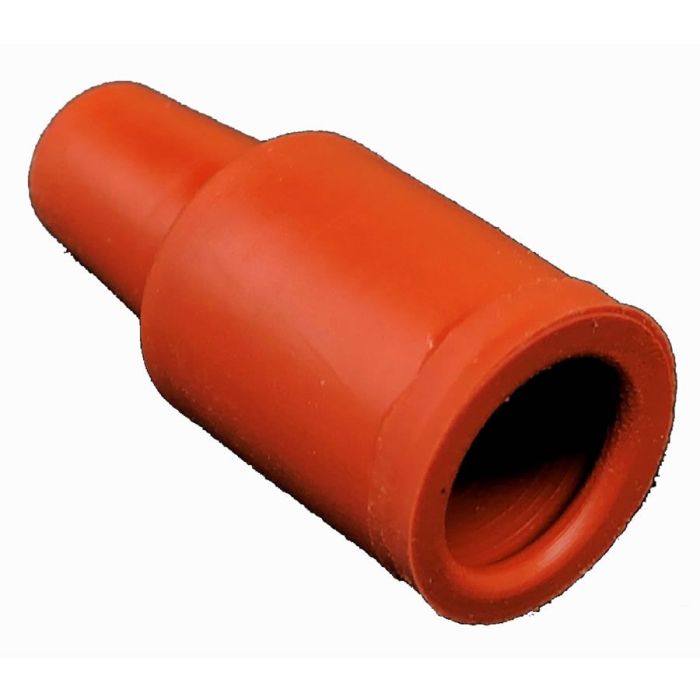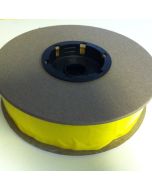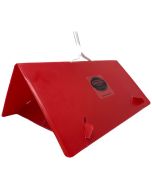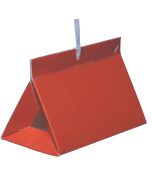Leopard Moth Lure
Latin Name: Zeuzera pyrina
Lure: Red Rubber Septum
Lure Active Ingredient: (E,Z)-2,13-Octadecadienyl acetate and (E,Z)-3,13-Octadecadienyl acetate
Field Life: 30 days
Trap to Use: Red Paper or Plastic Delta Trap
Monitoring Strategy: Hang trap with lure 1 m above canopy. Use 1 trap per 2½ acres/ha for monitoring and 8 traps/lures for mass trapping. On small plots use more traps per area may be advisable. Check traps weekly all season long. Check with Cooperative Extension or Master Gardener for local information and recommendations.
Cultural and Physical Control: Control by pruning out affected limbs/branches. Woodpeckers, other birds and squirrels are important biological controls. As with all borers, growing a healthy tree is the best defense against injury.
Distribution: Native to Europe, Scandinavia and parts of Asia. Reported across Russia. In United States from Maine to Pennsylvania.
Hosts: Olive, apple, cherry, pear, almond, walnut, plum, currant, citrus, vine, oak ash willow, poplar, maple and other trees. Young olive trees can be destroyed by a single caterpillar.
Description: Adult moths: Fore and hind wings are white with dark blue oval spots and 6 spots on the head (leopard like). Male wingspan 40-50 mm. Female wingspan 50-70 mm. Both genders are about 50 mm long when wings are folded.
Larvae: Length 50-60 mm. Bright yellow with numerous small black points on each segment. Head and thoracic parts are shiny black.
Eggs: Light yellow to bright salmon, oval, about 1 mm in diameter.
Life Cycle: Adults emerge from May to September. Females seldom fly and often lay eggs near the sites where they emerged from the pupae. Females deposit 400 to 800 eggs singly or in small clusters in bark crevices or beneath plates of bark. Larvae hatch in about 10 - 20 days and begin boring into the wood, often entering the nearest bud, twig, or branch crotch. In fall, larvae bore tunnels that slant upward, 50 mm or more below the bark surface, where they remain dormant over winter. Larvae resume feeding the following summer, pass a second winter in dormancy, and begin pupation the second spring after the eggs hatch. Pupation occurs in small chambers near the bark. In 4 to 6 weeks, the pupae exit through the bark and move partially out of the tunnels. After the moths emerge, the pupal cases remain in the openings. A life cycle requires 2 years.





